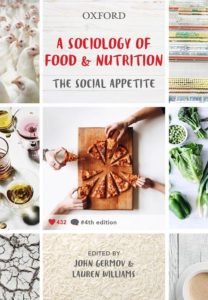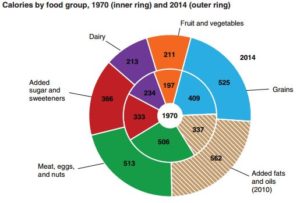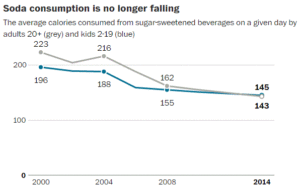Review committee says Dietary Guidelines process needs a fix
You may recall that one result of the fuss over the highly controversial BMJ article attacking the Dietary Guidelines process was appointment of a committee to review that process.
It has just published the first of its reports, which deals only with the first of the four charges to the committee, which were to determine:
1. How the selection process for the Dietary Guidelines Advisory Committee (DGAC) can be improved to provide more transparency, eliminate bias, and include committee members with a range of viewpoints;
2. How the Nutrition Evidence Library (NEL) is compiled and used, including whether the NEL reviews and other systematic reviews and data analysis are conducted according to rigorous and objective scientific standards;
3. How systematic reviews are conducted on long-standing DGAC recommendations, including whether scientific studies are included from scientists with a range of viewpoints; and
4. How the DGA can better prevent chronic disease, ensure nutritional sufficiency for all Americans, and accommodate a range of individual factors, including age, gender, and metabolic health.
The committee identified values governing the committee selection process:
- Enhance transparency
- Promote diversity of expertise and experience
- Support a deliberative process
- Manage biases and conflicts of interest
- Adopt state-of-the-art processes and methods
Its recommendations:
- Employ an external third party to review the candidate pool for committee members.
- Make the list of provisional appointees open for public comment.
- Publicly disclose nominees’ biases and conflicts of interest; develop a plan for managing them; have them reviewed by a federal ethics officer; document all this in the advisory committee’s report.
- Adopt a system for continuous process improvement in the selection process.
Good recommendations and good luck with them.
I can hardly wait to see this committee’s report on the remaining charges.
In the meantime, it’s about time to start appointing the 2020 Dietary Guidelines Advisory Committee, no?









